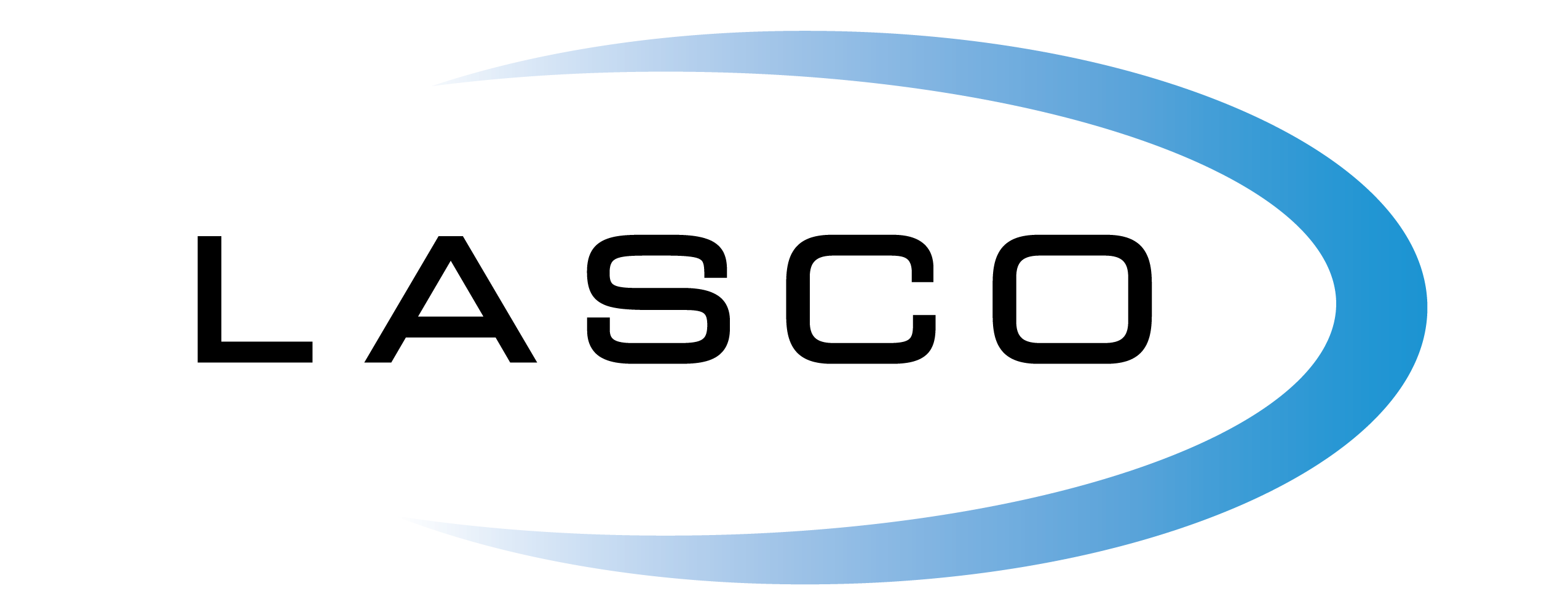Preventing Ransomware at the Workplace
Ransomware attacks continue to be a significant threat to businesses of all sizes. These malicious attacks can disrupt operations, compromise sensitive data, and result in significant financial losses. This week, during the month of October’s Cybersecurity Awareness Month, we’ll explore the importance of taking preventative measures against ransomware, with a particular focus on Multi-Factor Authentication (MFA).
Understanding the Ransomware Threat
Ransomware is malicious software that encrypts (or locks away) an organization’s data, rendering it inaccessible until a ransom is paid to the threat actors. These attacks have been on the rise in recent years due to the increasing ease of exploiting all sizes of organizations, from small businesses to large enterprises. The costs associated with ransomware attacks extend far beyond the ransom itself. Organizations may incur expenses related to data recovery, legal fees, reputational damage, and lost productivity. Last week we read about building a security culture in your organization; that is the beginning of helping prevent ransomware threats.
The Role of Multi-Factor Authentication (MFA)
Multi-Factor Authentication, or MFA, is an additional step in securing your organization against multiple threats. MFA requires users to provide two or more authentication factors before granting access to an account or system. These factors can include something the user knows (e.g., a password), something the user has (e.g., a mobile device or authentication token), or something the user is (e.g., biometric data like fingerprints). MFA plays a pivotal role in enhancing security by adding an additional layer of protection beyond traditional password-based authentication and acts as a formidable deterrent against ransomware attacks.
Threat actors often rely on stolen or weak passwords to gain unauthorized access to systems. With MFA in place, even if an attacker manages to obtain a user’s password, they will be unable to proceed without the secondary authentication factor. Real-world examples have demonstrated how MFA has thwarted ransomware attacks, saving organizations from potential data breaches and costly ransom payments. From a cost perspective, the investment in MFA often proves to be significantly more cost-effective than dealing with the aftermath of a ransomware incident.
Going Beyond MFA
While MFA is a robust defense, it should be complemented by other preventative measures. Regular data backups are crucial, enabling organizations to restore their systems in case of an attack. Security awareness training for employees helps them recognize phishing attempts and other social engineering tactics commonly used by ransomware attackers. Keeping software up-to-date is also essential, as vulnerabilities in outdated software can be exploited by cybercriminals.
Ransomware threats are real and pervasive, but organizations can take a proactive approach to safeguard their valuable data and maintain business continuity. Following best practices, like adopting MFA, businesses can significantly reduce their vulnerability to ransomware attacks. Remember, in the digital world, staying secure means staying vigilant.
Request a Consult
If you or your organization is looking to start a discussion or need help establishing MFA or other best practices, request a consult with an expert and get secure today!
